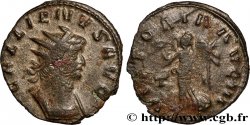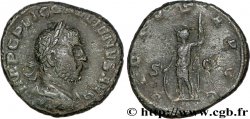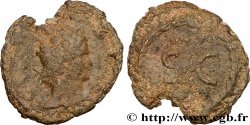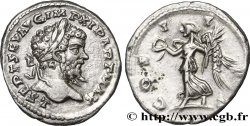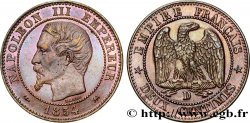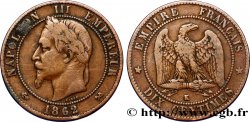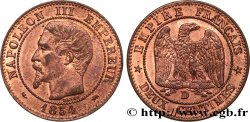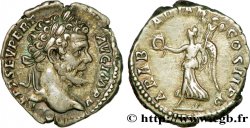v13_0695 - GALLIENUS Antoninien
MONNAIES 13 (2001)
Starting price : 91.47 €
Estimate : 182.94 €
unsold lot
Starting price : 91.47 €
Estimate : 182.94 €
unsold lot
Type : Antoninien
Date: 257
Mint name / Town : Atelier 2 d'Asie, Commagène, Samosate
Metal : billon
Millesimal fineness : + 200 ‰
Diameter : 21,5 mm
Orientation dies : 12 h.
Weight : 3,35 g.
Rarity : R1
Emission: 2e
Catalogue references :
Predigree :
Cet exemplaire vient de MONNAIES IV, 26 juin 1998, n° 321
Obverse
Obverse legend : IMP C P LIC GALLIENVS P F AVG.
Obverse description : Buste radié, drapé et cuirassé de Gallien à droite, vu de trois quarts en arrière (A2).
Obverse translation : "Imperator Cæsar Publius Licinius Gallienus Pius Felix Augustus", (L’empereur césar Publius Licinius Gallien pieux heureux auguste).
Reverse
Reverse legend : PIETAS AVGG.
Reverse description : Valérien et Gallien, vêtus militairement debout face à face. Gallien est debout à gauche tourné à droite, lauré, tenant une haste de la main droite et un globe dans la main gauche. Valérien est radié, tenant une victoriola de la main droite et un sceptre ou une haste transversale de la main gauche ; au-dessus, une étoile.
Reverse translation : “Pietas Augustorum”, (La Piété des augustes).








 Report a mistake
Report a mistake Print the page
Print the page Share my selection
Share my selection Ask a question
Ask a question Consign / sell
Consign / sell
 Full data
Full data
